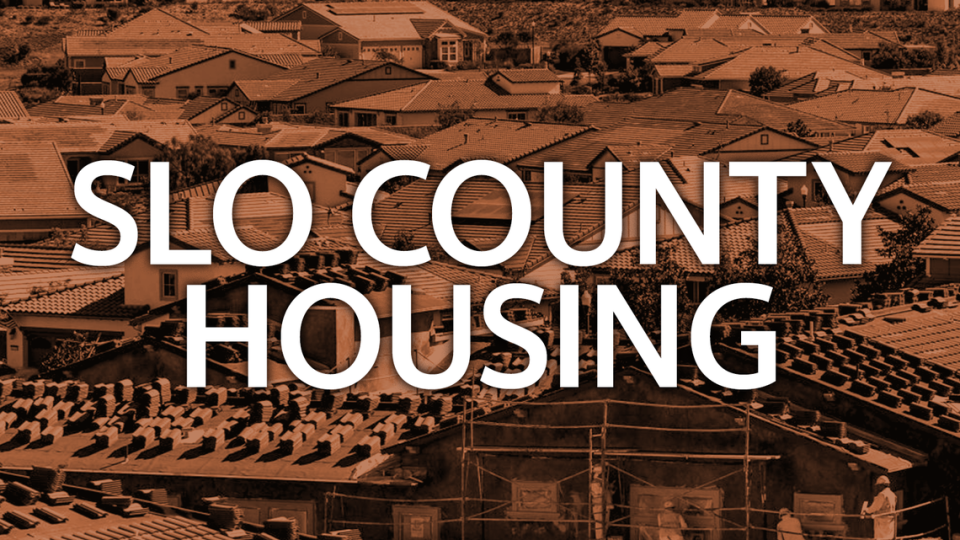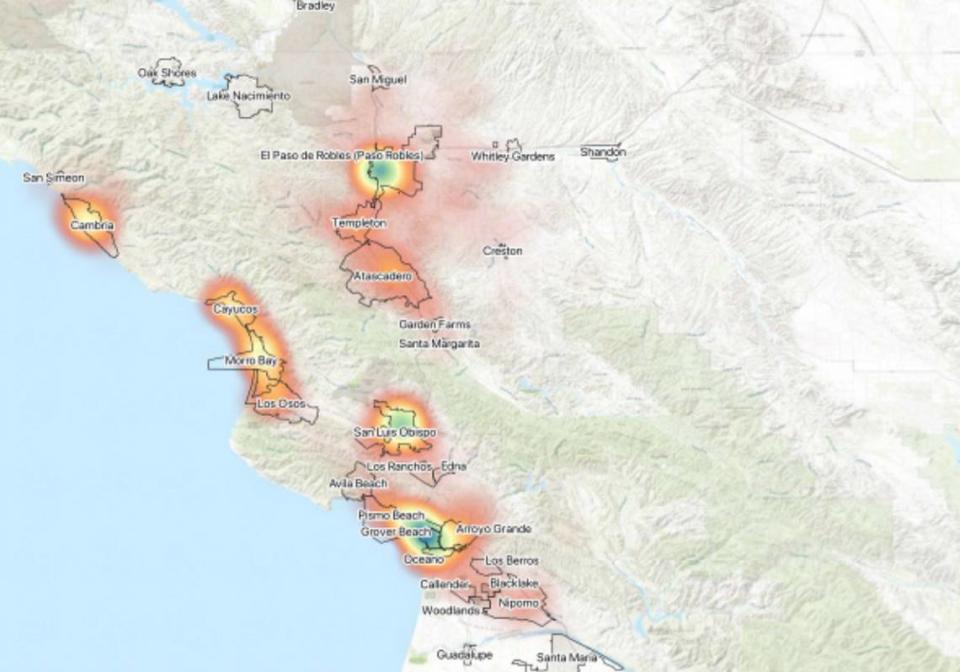Do short-term rentals make housing less affordable in SLO County? New study says otherwise
A new study on short-term rentals in San Luis Obispo County found that they are not responsible for driving up overall rental rates and housing prices in the county.
According to a new study produced by tourism information organization Visit SLO CAL and Beacon Economics, short-term rentals — also known as STRs — have both benefited from and played a role in the continued growth of tourism in the county.
In a nutshell, vacation rentals support this pillar of the local economy more than they hurt the county’s housing inventory or affordability, the study found.
“If there are concerns that STR activity reduces community housing supplies, there are more direct ways to increase those supplies through zoning reform,” the study said.
Here’s a breakdown of the study’s findings — and what it says about the role of STRs in the San Luis Obispo County housing market.
How common are short-term rentals in SLO County?
According to the study, for short-term rentals to have a meaningful impact on housing affordability in a given community, their presence must reduce the supply of lower-income housing.
A total of around 4,500 San Luis Obispo County homes currently operate as STRs, though roughly one-third of those homes are not listed as available for booking in a given month, the study found.
Of those 4,500 properties, 2,859 properties were considered “active” in 2023, meaning they were listed as reserved or available for at least one calendar day in a given month on booking platforms such as Airbnb and Vrbo, the study found.
As STRs have grown in number and average value, the number of days STRs were occupied in a year quadrupled over the past decade to 40,000 by the end of 2022, the study found.
In 2023, the average San Luis Obispo County short-term rental property is reserved for nearly 15 days each month, the study found.
Roughly a third of all STRs are located in unincorporated parts of the county, the study found. Paso Robles accounted for a quarter, followed by the city of San Luis Obispo, which made up 10%.
Though San Luis Obispo County and its seven incorporated cities have each placed some limitations on the number of both STRs and vacation rentals in recent years, not all rental hosts have adhered to these rules, the study found.
Across Grover Beach, Paso Robles, the city of San Luis Obispo and the unincorporated areas of the county, more than one in five listings, or 22.3%, are non-compliant with local regulations, the study found.
As of February, 86% of all active STR listings in the county were for the entire home, the study said.
Homes in San Luis Obispo County operating as STRs were valued at an average of $1.2 million, indicating more often than not, less expensive dwellings are not operating as STRs, the study said.
Homes operating as short-term rentals also skewed on the larger side, averaging 3.4 bedrooms per unit, whereas lower-income households are more likely to live in smaller units, the study said.
“If STR properties were converted to long-term rentals, based on prevailing market prices, households earning $100,000 (a year) would only be able to afford 5% of the properties listed as STRs,” the study found.
What role do STRs play in the local economy?
Tourism plays a sizable role in San Luis Obispo County, accounting for 10% of the county’s GDP, or around $2.15 billion a year in economic benefits, the study found.
According to the study, the county’s hotel industry has largely bounced back from the initial steep declines caused by the COVID-19 pandemic.
Employment in leisure and hospitality in the county is now 4.4% higher than it was before the pandemic, the study said, suggesting a healthy rebound for local tourism and hospitality.
Revenue per available room, known as RevPAR, also improved since the hotel industry started to return to normal performance in early 2021, and occupancy rates have largely returned to or exceeded pre-pandemic levels, the study found.
STRs have benefited from that bounce back, and as a result, the county has also seen increases in the amount of transient occupancy tax collected from STRs, the study found.
They accounted for 19% of the county’s transient occupancy tax revenue since the beginning of the COVID-19 pandemic, or $12.2 million from a total of $62.7 million, compared to making up around 15% of pre-pandemic transient occupancy tax revenue, the study found.
“Overall, the tourism industry in SLO CAL is crucial to the local economy,” the study found. “The enduring health of the hotel sector reveals that, rather than reducing activity at existing businesses, short-term rentals are providing additional lodging capacity, enabling more visitors to come to the region.”
Are SLO County residents losing housing to STRs?
Over the past decade, San Luis Obispo County’s housing production has largely kept pace with the state of California, adding 7,796 units between 2013 and 2023, or a countywide 6.6% increase compared to a 6.7% statewide increase, the study found.
About 73.6% of San Luis Obispo County homes were single-family as of 2023, higher than California’s single-family home rate of 64.4%, the study said.
As a result, the limited inventory of multi-family housing has pushed up demand and prices in most rentals, the study said.
However, the study said San Luis Obispo County residents aren’t losing housing to STRs to the same extent they are to second homes.
Though 2.7% of the county’s housing stock operate as STRs, second homes make up a much higher percentage of all homes, the study said.
In 2023, 12.9% of San Luis Obispo County homes were vacant, and 65.7% of vacant homes in the county were second homes as of 2021, the study found.
That’s significantly higher than the state’s 6.6% vacancy rate, of which 32.1% of units were counted as second homes, the study said.
According to the study, many of these vacation homes operate as STRs while unoccupied by their owners, meaning removing all STR activity in the county would not necessarily lead to a bump in housing supply.
Converting all STR properties in San Luis Obispo County to long-term rentals would effectively reduce rents by less than 1%, and would do little to add more workforce or affordable homes to the market, the study found.
“Like so many others in California, (San Luis Obispo County) communities have failed to build sufficient multi-family housing for decades,” the study concluded. “STR activity is occurring in the least affordable parts of the community, and even if all STR activity were converted to long-term rentals, it would do very little to improve housing affordability.”



